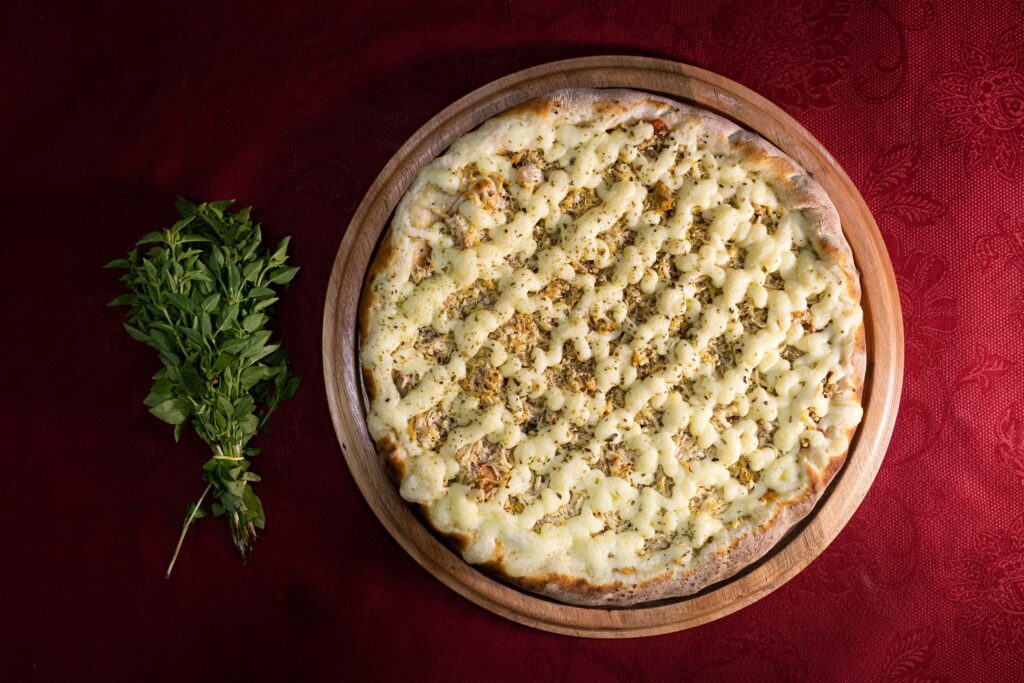Pizza is a popular Italian delicacy. It is made of refined wheat flour that contains hardly any fibre. Hence, pizza elevates blood glucose levels. Cheese and vegetable toppings on pizza can help reduce glucose spikes to some extent due to the high-fat protein content of the cheese and the fibre in the vegetables. However, pizza is not completely safe. Consuming pizza carefully and monitoring glucose levels regularly is crucial.
Optimisation tips for consuming pizza while maintaining healthy blood glucose
- You may cut down the consumption by reducing the portion to 1 slice.
- Avoid eating pizza on an empty stomach, as the refined carbohydrates in it may lead to spikes.
- Consider asking for extra veggies and cheese.
- Try including another protein source, such as paneer or chicken, as pizza toppings
- Try replacing the traditional crusts with mixed flour crusts or whole grain ones.
You don’t have to give up on enjoying pizza altogether. Consuming it once in a while moderately will not cause much harm to your body. Avoid using processed meat in pizza. Also, refrain from using sauces and additives as they can result in sugar spikes. Homemade pizzas can be a healthier alternative to store-bought ones.








